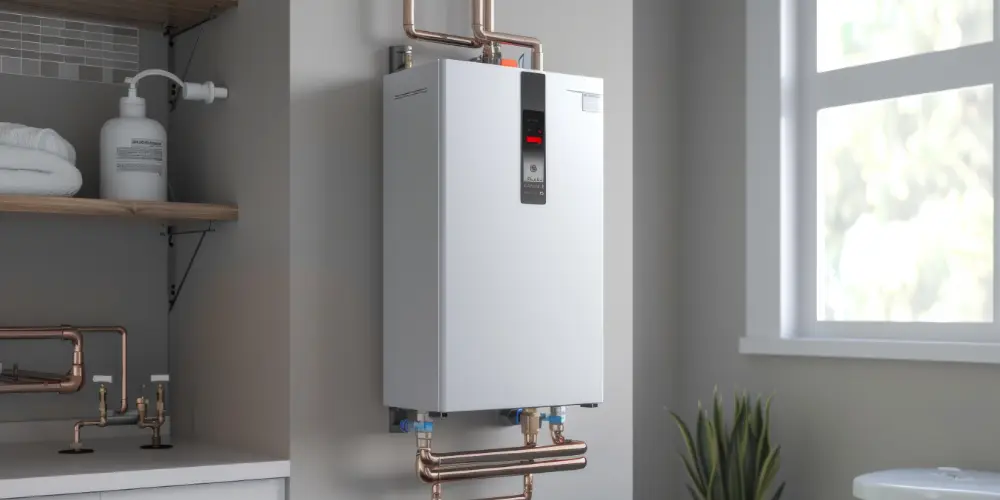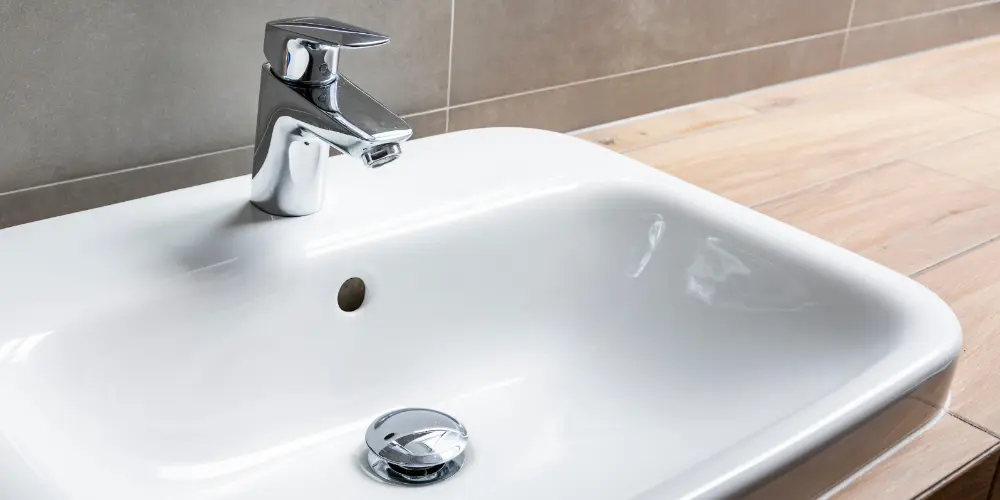All Things Plumbing & HVAC: The Orange Coast Plumbing Blog
Need to know what’s an emergency and which problems can wait? Which problems you can solve DIY? The Orange Coast Plumbing blog helps you understand common plumbing, heating, and air conditioning issues.
Whether you’re a homeowner planning renovations, a DIY enthusiast eager for a new project, or a real estate investor updating properties, these plumbing upgrades can make your home stand out and close the deal.
Calcium buildup manifests as a chalky white residue on faucets and shower heads. Over time, it can reduce and even block the water flow in your home. It can also make your fixtures look dull and unsightly.
Thankfully, removing calcium buildup is a relatively simple DIY task.
An overflowing toilet is one of life’s inevitable misfortunes, especially if you have children. But when that toilet overflows as regularly as a bus on a schedule, it’s not just a matter of too much paper stuffed down the drain. Something else is going on.
Oh, the thrill of a new home. There’s more square footage than you had before, a room for your hobbies, a room for your junk, and an extra bathroom for the morning rush.
But are you sure about the plumbing? Even brand-new homes can have plumbing problems if pipes are installed shoddily.
Your toilet flushes, and the sink gurgles.
It’s like a call and response, albeit an unwanted one.
Should you be worried? Is something wrong with your plumbing, or is it just a normal part of bathroom life?
Clogged toilets are a homeowner’s nightmare and a stinking mess.
Most clogs clear quickly enough with a few plunger thrusts, but what about those that don’t?
Enter the auger, a handy and inexpensive plumbing tool for toilets that fail to comply with the flush command.
Most people understand the mechanics of a simple compression faucet and know what to do when something goes wrong.
A cartridge faucet is more of a mystery, but the good news is that replacing a cartridge is a straightforward repair that can save you time and money.
Plumbing systems need a certain amount of water pressure to function, but too much can damage pipes, fixtures, and appliances. That’s where a water pressure regulator comes in.
A water pressure regulator is a device that controls the amount of water pressure entering your home at a given interval. It’s usually installed near the main water supply valve.
A P-trap sits below your toilet, kitchen sink, bathtub, and washing machine drain, out of sight and mostly out of mind. Attached to the plumbing system, it may look more like a “U-trap.”
This unassuming fixture helps to keep your home free of sewer gases.
“Air pollution” evokes images of smog-filled skies and gray industrial emissions.
However, indoor pollution can be just as harmful, if not more so. Poor indoor air quality can reduce one’s life expectancy by five years!
According to EPA, the average American spends up to 90% of their time indoors.
Toilet flappers perform an essential task. If your toilet leaks, runs, or won’t flush properly, the flapper is the first thing to inspect.
Fortunately, replacing the flapper is a simple and inexpensive DIY repair that should take no longer than a trip to the home improvement store.
Ever found yourself with a leaky toilet and wondered what to do next?
The toilet’s wax ring is a prime suspect for a leak at the base. This innocuous little seal keeps water from seeping out of your toilet and onto your floors. When it fails, you’ll know — and so will everyone else in the house!












